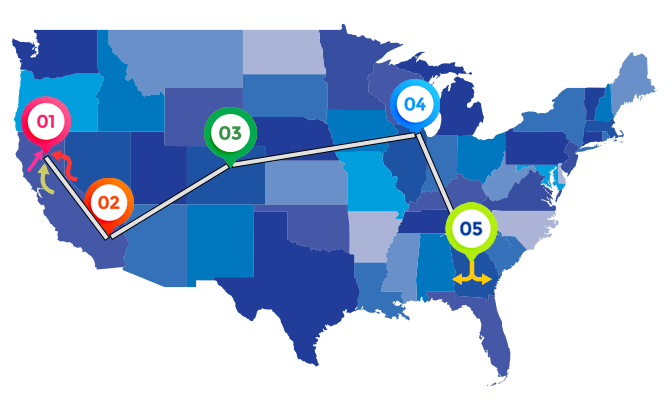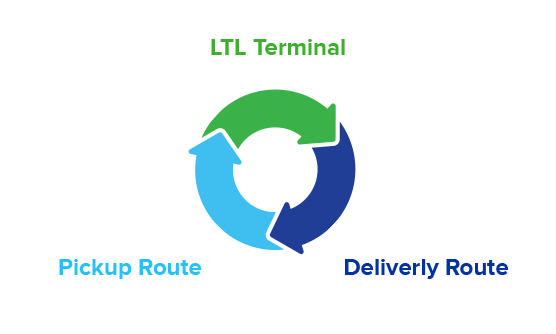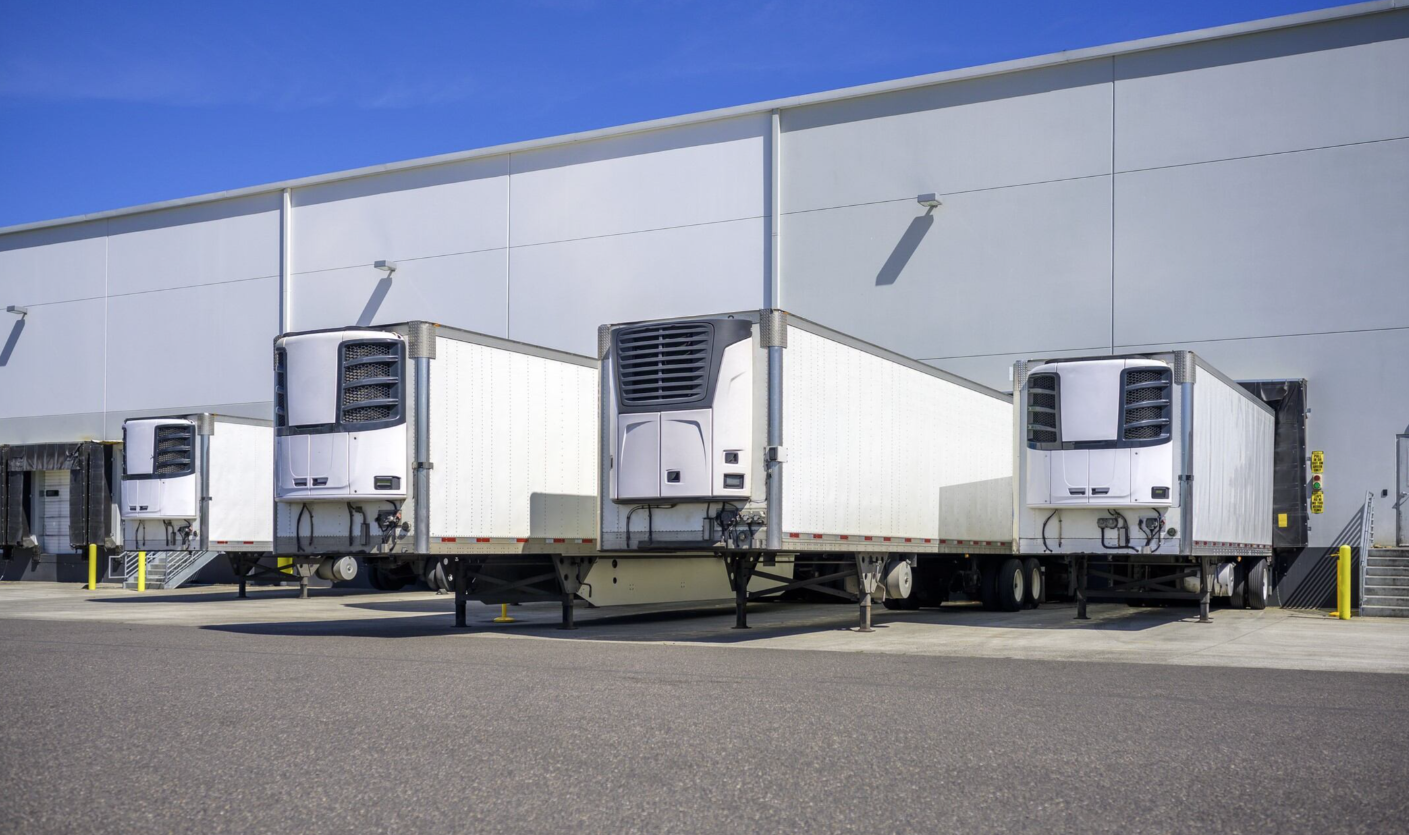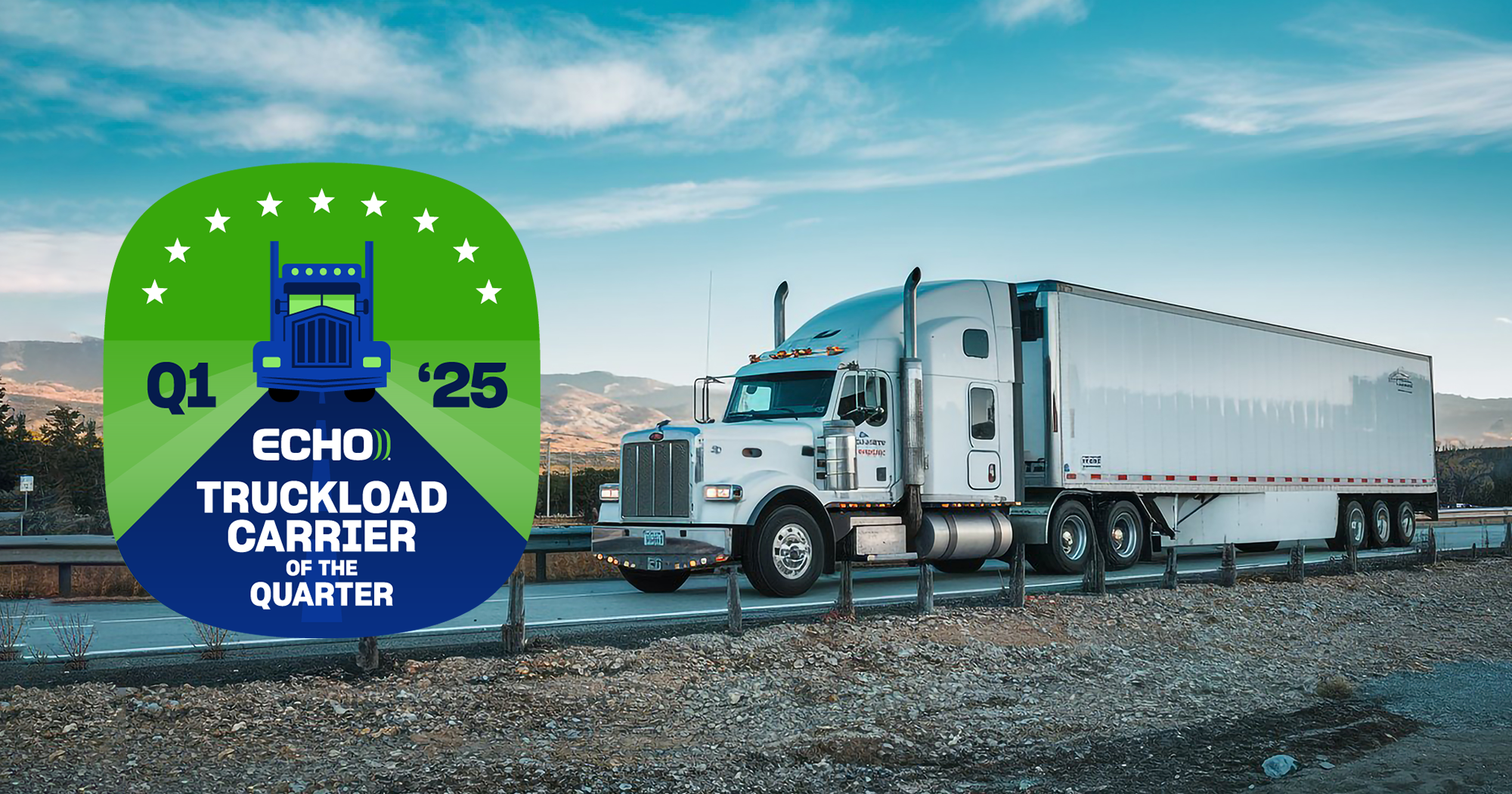Less than truckload shipping is one of the most commonly utilized forms of freight transportation.
When you have freight to move but your shipment is not large enough to fill an entire truck, use LTL.
Here are some characteristics of LTL shipments:
- Does not require the space of a full truckload
- Does not require the space of a full truckload
- Less than 12 linear feet of trailer space
When shipping LTL, your freight will be picked up and delivered along with freight from other shippers. This saves you money because you pay only for the portion of the truck your freight uses. Loading and unloading is optimized at the terminal by load planners. Usually, the first delivery is the business closest to the terminal. Once the driver makes all of the deliveries for the day, they will move to pick-ups. The first pick-up location is normally the business farthest away from the terminal. The driver will work their way back to the terminal once fully loaded.
Proper packaging and labeling of LTL shipments is very important. It’s recommended to pack your goods in crates or use stretch wrap to secure product onto a pallet. It’s also essential to label each pallet with key shipment information, including the name and address of the consignee and any special handling requirements.
Due to the multiple stops and various handlers involved, carefully packaging your freight will avoid damage, theft, and separation, while making the shipping process easier for everyone involved in moving your freight.

Hub and Spoke LTL Distribution Model
In this process, “spokes” are shipping routes that connect to a distribution center or “hub.” To move LTL shipments across long distances, freight is taken to a hub to be combined with other shipments into a truck headed for the same region. Once the truck arrives to a hub in the shipments’ delivery area, the combined freight will be separated and shipped to each of their final destinations.
- LTL freight is picked up from a shipper and taken to a satellite terminal, where it is combined with other shipments and then transported to a central hub.
- At the hub, the original freight is unloaded, cross-docked, and reloaded into a new truck with other shipments going in the same direction.
- The truck arrives at another hub where the original freight is again unloaded, cross-docked, and combined with other shipments headed to the same region.
- At the next hub, the original shipment is unloaded, cross-docked, and reloaded with other shipments and sent to satellite terminals.
- The truck arrives at a satellite terminal where the original shipment is separated and prepared for delivery to its final destination

Local LTL Pickup and Delivery Model
LTL carriers organize delivery and pickup routes to efficiently transport multiple shipments using a single truck.
- At the terminal, load planners organize how trucks will be loaded for the day.
- The shipment closest to the terminal is the first delivery.
- After deliveries are complete, the truck is ready for its pickup schedule.
- The first pickup is normally the farthest from the terminal. The truck continues its schedule until filled to capacity.
Disclaimer: A shipment’s weight, size, or other characteristics may influence the pickup schedule - Once the truck is completely full, it returns to the terminal.
What Are The Accessorial Charges on LTL Shipments?
After the shipment has been delivered, the carrier who handled your shipment might submit an invoice for services rendered with a total that exceeds the originally agreed upon rate. There are many factors that can lead to an increased invoice. Fortunately, there are also ways to avoid these accessorial charges by asking yourself the following questions ahead of time and communicating these answers to your Echo sales representative.
LTL Shipment Checklist:
- Has the shipment been accurately classed and weighed?
- Has the shipment been properly packaged and labeled?
- Are there any special requirements needed before shipping?
- Is there a loading dock at the destination or will a liftgate be required?
- Will this shipment require an inside delivery?
- Is this a residential delivery?
- Is this a direct delivery to the consumer?
- Is the contact and address for delivery correct?
- Is an appointment needed for delivery?
Learn more about assessorial charges and how to prevent in our blog.
Informational


